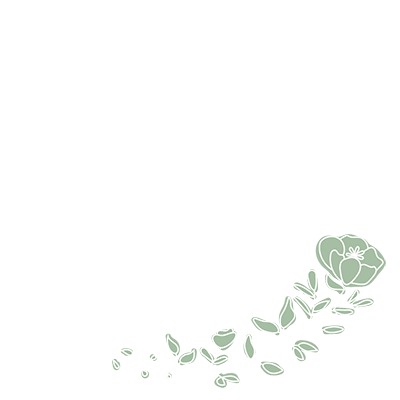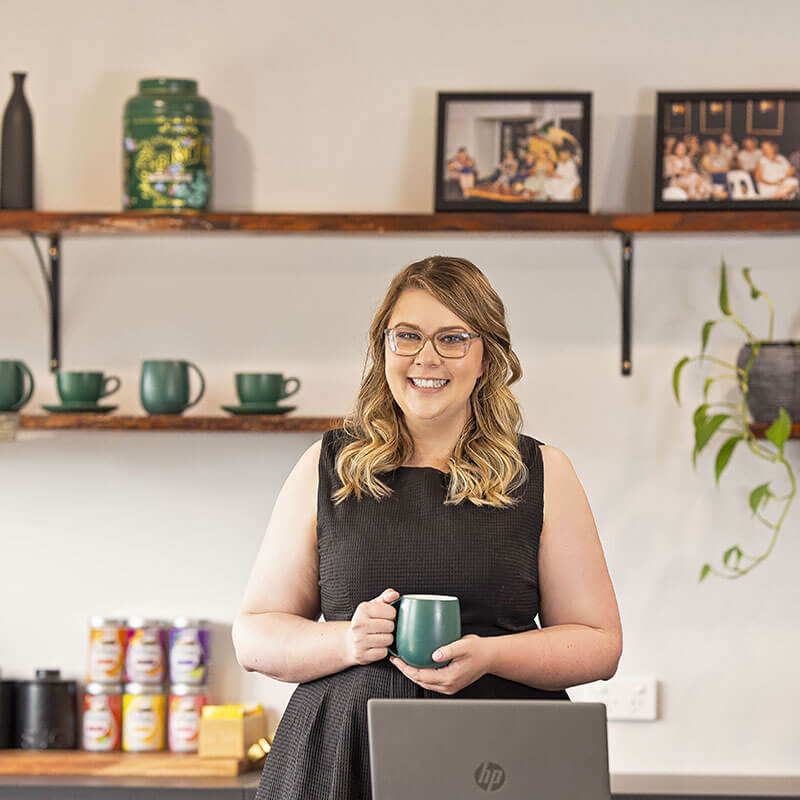As the year hurdles along and we continue to feel the pressure of increasing costs of living, (fact – in the last 12 months our costs of living has risen by 6.1%*) we thought it was timely to discuss the big old B word… Budgeting!
I know that you have probably just groaned when you read that word and I get it. Budgeting and looking at finances can be confronting especially when we continue to hear, see, and feel how much our fuel, utilities, mortgage/rent and groceries are going up.
So here are our 6 tips on how to “Build a realistic budget”
1. Set the mood
I know I know, Serenette we are doing finances what are you on about?! My biggest tip is to make the experience of reviewing your budgets and finances as pleasant as you can. Things such as finding a time where you have a moment to think, lighting your favourite candle, having a playlist that is motivating and sipping on something delightful can all help with taking some of that anxiety away when it comes to looking at those transactions.

2. Find a system that works to build a realistic budget
Pen and paper, an app, or an Excel Spreadsheet all work perfectly fine. Work with what you are good at and what makes you feel comfortable. Don’t add pressure or stress to this space by fiddling with technology if that isn’t your jam. It may take a few attempts to find the approach that suits you best, but I can assure you it will be worth it.
3. Review the last three months
Now that you have set the mood, it’s time to take a peek at where your money is being spent. Look at the last three months of bank statements and highlight in different colours the following categories:
- Income – Highlight in green the income that hits your bank accounts.
- Debt – Highlight in orange all the debt payments you have including; mortgage, car loans, pay-now-buy later schemes, personal loans etc.
- All other fixed expenses – Highlight in yellow the fixed expenses the household has such as: internet, phone, electricity, rates, insurances (health, home + contents, car, pet), car services, school fees etc.
- Food & fuel – Highlight in pink your grocery shops and fuel stops. PS in this section we are not including take-away, eating out + or delivery transactions.
- Entertainment & other – Highlight in blue your expenses relating to subscription services, eating out, take-away + deliveries, memberships, gift shopping, homewares, travel etc.
4. Calculate the categories
Now that you have highlighted your categories, it’s time to total the categories for the last three months. As you work through this process you may find yourself wanting to create sub-categories or add extra colours, I say go for it! This process is about developing a habit to identify what your money is doing and where it is being spent.
Once you have totaled each category for the three months, divide by three to see approximately what you are spending each month. Now, this gives an indication of what you spend a month, this method may not take into account some of your biggest spending months such as Christmas and going back to school but it provides a base point to start from.
Freebie! – To make your life easier, I have created a downloadable Budget Downloadable tool to help you with this step.
Hit Download to get the Budget Analysis tool

5. Review and Analyse
Look at you go, not only have you created a space you feel comfortable to budget, but you have completed the hard yards of identifying and calculating your current expenditure. This step of the process can be sometimes the most challenging step, why? because you have the facts in front of you.
So, take a deep breath and look over the calculated totals for each month and start to ask yourself the following questions:
- Are we still using this? (Think subscriptions + memberships)
- Is this purchase a need or a want?
- Is it time to “Shop” around or negotiate for a better-priced solution?
- Would a meal plan or shopping list change how we spend money on food and habits relating to eating out?
- Is there a cheaper alternative?
Confession: even Financial Planners do this more often than you think! At the beginning of the year, I was adamant we were spending only so much on groceries, shock horror – when I completed this exercise the results were WAY different! So just know that you certainly won’t be alone, there is never EVER any judgment from yours truly, and this is a fabulous starting point when it comes to controlling your finances.
6. Make the change + building the habit
Now that you have identified where your money is going and where it could be changed, it’s time to rip the Band-Aid off and start making the changes to where you’re spending your money. Now that you have stepped through this process, it only gets easier from here. Find a regular time in your diary/calendar for at least once a month to build the habit of reviewing the last month’s transactions and see if you are seeing a change in habits and spending.
As always, I am here to help.
If you would like to see if a Financial Planner can help you with your budget,
book a “Discovery Call” today.
* Australian Bureau of Statistics
** Please note that this blog post does not take your specific needs or circumstances into consideration, so you should look at your own financial position, objectives and requirements and seek financial advice before making any financial decisions.

